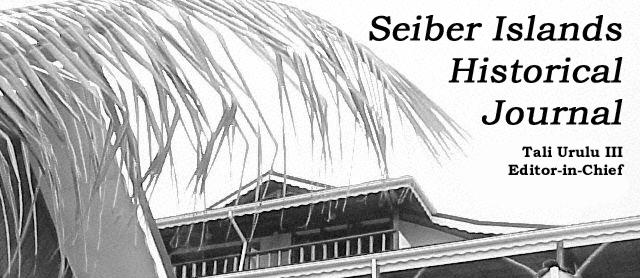

In Part One of his long-awaited "Jake Cutter and the Philosopher's Stone, Professor Klaus Werner Immerschreiben proved beyond any reasonable doubt that Jake Cutter's father was, in fact, Jacob S. Armour, who disappeared from the face of the earth in 1900, only to "magically" reappear in Alviso, California in 1905 as "Jack S. Panzer". Part Two was to provide additional information about Jake Cutter's father and how he came to play a key role in what will undoubtedly become recognized as Jake Cutter's greatest achievement--preventing the Nazis from obtaining the fabled Philosopher's Stone. Part Three was to, at long last, reveal the full story of "Jake Cutter and the Philosopher's Stone".
Professor Immerschreiben had promised to complete Part Two of the article by April 1. However, in late March he informed us that "due to circumstances beyond his control", he would be unable to finish Part Two of this article by that date. He did promise to have both it and Part Three completed in time to permit their publication as part of the celebration of the 20th anniversary of the first showing of Tales of the Gold Monkey on September 22.
Last week, Professor Immerschreiben informed us that "due to other circumstances beyond his control", he would be unable to finish Part Two of this article by that date. He also stated that he would be unable to complete Part Three unless and until the Wotanberger Commonwealth rescinds its resolution declaring that:
"any information related to any alleged incident involving Jake Cutter and any alleged 'Philosopher's Stone' is classified as MOST SECRET under the Official Secrets Act of each of its three member states".
Professor Immerschreiben stated that although he was no longer subject to those laws since becoming a citizen of the Republic of the Marivellas, virtually all of the resources needed to properly complete his work are now unavailable. As a protest against the Wotanberger Commonwealth's resolution, Professor Immerschreiben has resigned both as a Professor Emeritus of Tarafu University the Editor Emeritus of the Journal. He has, however, graciously consented to allow the Journal full access to his rough drafts, notes, and sources documents related to Part Two so that we might complete and publish that part in the near future. We will, of course, neither seek nor accept access to any materials which may be classified under the Seiber Island's Official Secrets Act, although we understand that Professor Immerschreiben has reserved his right as a citizen of the Republic of the Marivellas to publish those materials.
We hope to have Part Two completed in two or three months. Until then, with the assistance of the Cutter Air Museum, we are making available an important documents from "The Corky McCorkle CONEX Materials" which will figure prominently in Part Two. My special thanks go out to the Cutter Air Museum, and especially Dr Husila Specht its Curator, for making this document available to the Journal. This document is a copy of a special edition of the Alviso Advocate published August 7, 1938, just after Jack Panzer's disappearance at sea. It is of special interest because it contains a rare interview of Jake Cutter (on page 2) and an article featuring "Bon Chance Louie" (on page 4), as well as photographs of the real people (and the airplane) made famous on the Tales of the Gold Monkey.
Please click on the "thumbnail" of each page to see a larger picture:
We have contacted Barataria Industries to learn whether it still had copies or negatives of the photographs which a Barataria employee provided the Advocate in 1938. Barataria's President and CEO, Siegfried "Sancho" Panzer, assured us that he would do whatever he could make sure that the rest of the world comes to share his own appreciation of his grandfather, Jack Panzer. To this end, he committed to assigning two full-time employees to the task of finding the photographs and agreed to become a Sustaining Sponsor of the Journal.